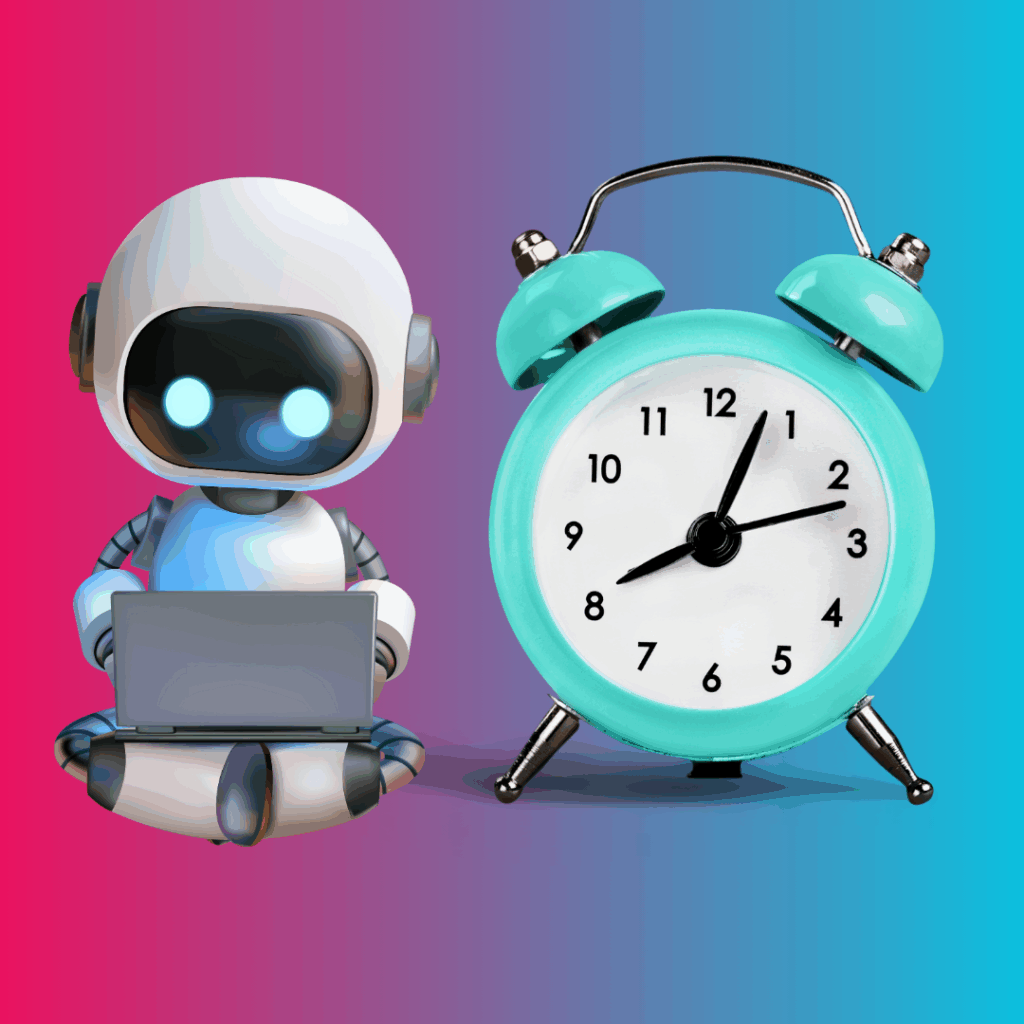What would you do with an extra hour in your day?
While artificial intelligence (AI) can’t add more minutes to the clock, it can help you reclaim time by reducing the effort spent on small, repetitive tasks. Too often, AI is talked about in terms of futuristic projects or replacing entire jobs, but the real power lies in how it can simplify your everyday workflow.
Whether you’re managing a business, leading a team or simply looking to get more done, AI can be your digital assistant for all the little tasks that usually slow you down.
Why Everyday AI Matters
Most people think of AI in terms of big, flashy innovations – self-driving cars, robotic assistants or large-scale data analysis. But the reality is that AI becomes most valuable when it supports you in small, practical ways.
Instead of overhauling your entire process, think of AI as a way to clear out the clutter. Every email, meeting note or draft document that used to take 20 minutes can now be handled in seconds. Multiply that across your day, and suddenly you’ve got time back for the bigger decisions and conversations that truly need you.
Five Everyday Tasks You Can Hand Off to AI
Here are some practical examples of how AI tools like ChatGPT, Claude or even Microsoft Copilot can help you save time every day.
1. Summarising Emails and Reports
Inbox overload is real. AI can scan long threads or dense documents and give you a concise summary of the key points. Instead of spending 20 minutes reading line by line, you can get the highlights in seconds.
- Without AI: You skim, risk missing details and waste time.
- With AI: You get a bullet-point overview and know instantly what matters.
2. Turning Meeting Notes into Action Lists
Meetings often generate lots of notes but little clarity. AI can transform rough notes into structured agendas or clear action lists ready to share with your team.
This saves you the hassle of rewriting everything and ensures tasks don’t fall through the cracks.
3. Polishing Bullet Points into Blog Drafts
Staring at a blank page is one of the hardest parts of writing. AI can take a list of bullet points and turn it into a draft blog post, article or LinkedIn update.
It won’t necessarily give you the finished piece, but you’ll start at 80% done rather than 0%. From there, you can add your personal insights, examples and style.
4. Generating Quick Quiz Questions
If you create learning materials, presentations or training resources, AI can instantly turn your content into multiple-choice questions or knowledge checks.
This is a quick win for trainers, teachers and team leaders who want to add engagement without manually writing each question.
5. Drafting Polite Follow-Up Emails
We’ve all spent too long rewriting a follow-up email to strike the right tone. AI can generate polite, professional templates in seconds, saving you the mental energy while still letting you customise before hitting send.
The Real Benefit: Reduced Friction
The key isn’t that AI does everything for you – it’s that it removes friction. Those small bottlenecks that slow you down are suddenly gone.
Instead of wrestling with wording, reformatting notes or digging through an email chain, you’re already moving on to the next important task. Over the course of a week, that could easily add up to five hours or more reclaimed.
Practical Tips for Getting Started
If you want to integrate AI into your everyday workflows, here are some simple ways to start:
- Pick one task that frustrates you most (emails, notes, or writing) and test AI on that first.
- Be specific in your prompts. For example, “Summarise this report in 5 bullet points for a busy executive.”
- Review and refine. AI is fast, but it’s not flawless. Always add your personal insight before sharing.
- Experiment with different tools. ChatGPT, Claude, Gemini and Microsoft Copilot each have strengths.
Final Thoughts
AI doesn’t have to be about huge innovation projects. Its real value comes when it quietly supports your everyday work, clearing away the repetitive and low-value tasks so you can focus on what really matters.
Think of it as a digital assistant that saves you from inbox overload, rewrites your notes into something useful and gives you a first draft instead of a blank page.
The result? Less frustration, fewer bottlenecks, and yes — potentially an extra hour in your day.
So, the question is: what everyday task would you happily hand off to AI this week?


